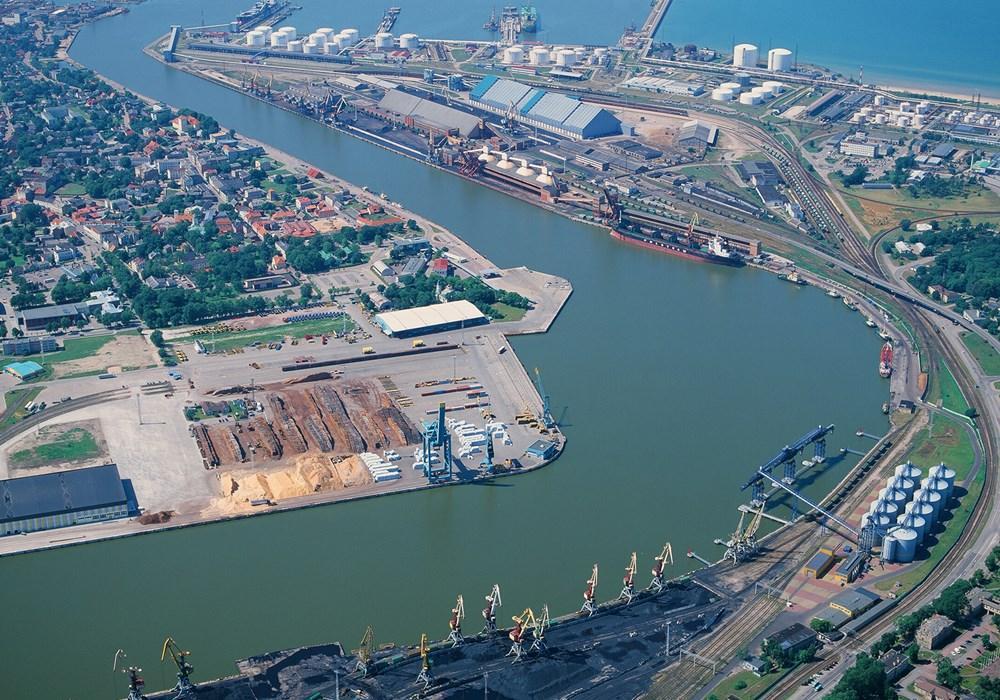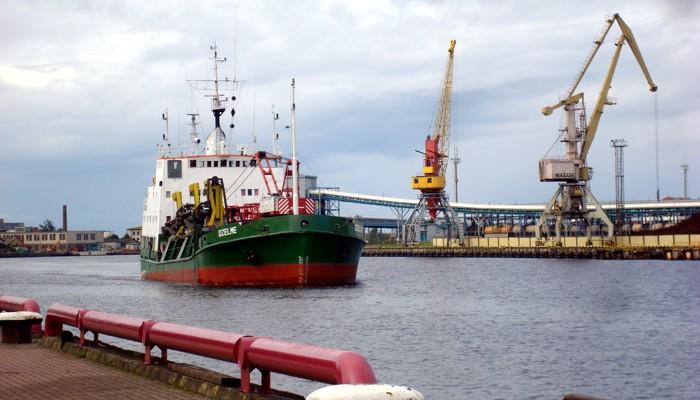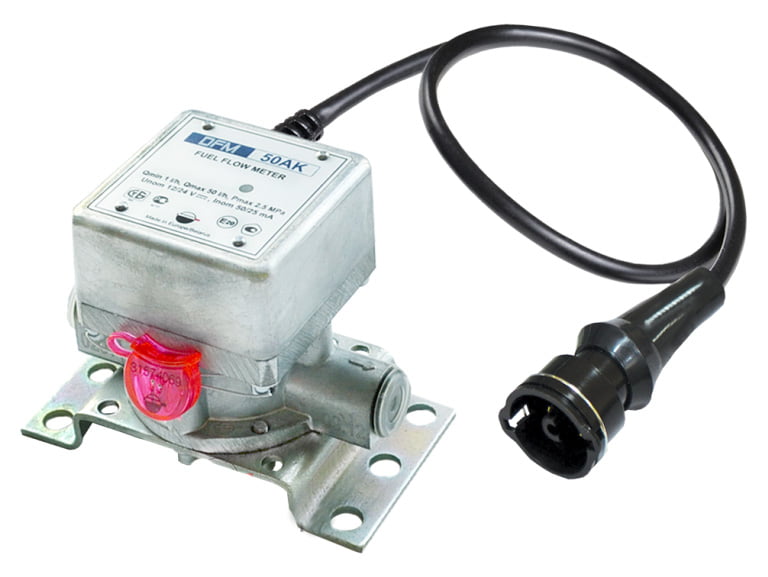Fuel consumption control for ships
Fuel theft prevention
Customer: Ventspils
Task: fuel consumption control. Fuel theft prevention
Machinery: sea vessels
Solution: 6 DFM fuel flow meters of 4 types + tracking device per one ship
Result: ~60% of fuel consumption economy on first 2 weeks
The customer
Freeport of Ventspils is a large transport hub and industrial center of international significance in Latvia and the Baltic Sea region. Advantages of ice-free deep-water port, diverse range of transport connections and logistics opportunities make the company accessible in the EU, CIS and towards the direction of Central Asia. Ventspils is the only Latvian city where the number of ICT companies has increased more than 5 times during the last 7 years. Regions development strategy and action plan directs to further grow and provision of ICT concentration in the city.
- Clearance from impurities and magnetic clearing of cargo
- Re-packaging and warehousing
- 5 vessels processing at one time
- Up to 30,000 tons per day bulk cargo overloading performance
- The distance from the port of Ventspils station – 2 km
- Private port railways 14 km long and up to 400 cars

The task

With the growth and rapid development of the port the problem of high fuel consumption arose. The capacity of the port – 5.5 million tons per year and the capacity of the Ventspils station – 3400 cars per day. Moreover the port has adoption “PANAMAX” class vessels with carrying capacity up to 82,000 tons, 14.1 m and 240 m long maximum draft.
Top management of Freeport of Ventspils decided to find and implement the solution for 5 Vessels of different types. The task was additionally complicated by the special demands for extra safety and tight deadline.
Solution and result

Fuel flow meters from Wagencontrol specially designed to receive objective information about actual fuel consumption and vehicle working time. It also permits to reduce fuel and repairing costs. DFM fuel flow meters has different output interfaces and possibility to work autonomously or be a part of telematic system.
The first results were evaluated after 2 weeks of operation. Dramatic reduction of fuel consumption reached 58.6%.
Efficiency of the picked solution is mainly connected with fuel manipulation deprivation and optimization of routes and business process.
Installation of equipment was made on time and with the highest level of competance.”

